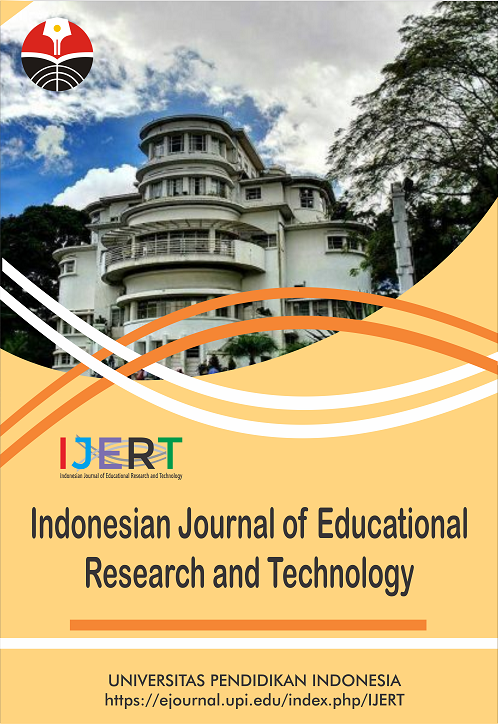Design of Emergency Position Reporting System for Disasters Using Amateur Radio and Automatic Packet Reporting System (APRS) as a Mobile Station Operator for Educational Purposes
Abstract
The emergency position reporting system is proposed for disasters using amateur radio and Automatic Packet Reporting System (APRS) as mobile station operators for unexpected natural disasters after the Internet and mobile communication system infrastructure are destroyed surrounding the disaster areas. In this work, the objectives are to report and receive position information on emergency use with Amateur Radio and APRS as a Mobile Station Operator. The location tracking systems are used with amateur radio devices and implemented with APRS in the act of position reports. The position information is received from the smartphone’s Global Positioning System (GPS) using the offline mode to the APRS via Bluetooth network that is connected to transceivers. The transceiver used the dual-band Yagi antenna 145Mhz/435Mhz called Mobile Station Operator (MSO) as the APRS client using callsign. The MSO collected the location data sent to the Response Station Operator (RSO) that combined with APRS, transceivers, and antenna. The server system allowed data location information monitoring using a valid passcode from a licensed amateur radio operator and used strictly by the servers to validate the connection to the server application.
Keywords
Full Text:
PDFReferences
Anh, D.H.M. (2022). Mesh network based on MQTT broker for smart home and IIoT factory. ASEAN Journal of Science and Engineering, 2(2), 173-180.
El Khaled, Z., and Mcheick, H. (2019). Case studies of communications systems during harsh environments: A review of approaches, weaknesses, and limitations to improve quality of service. International Journal of Distributed Sensor Networks, 15(2), 1550147719829960.
Jebur, T.K. (2023). Greening the internet of things: A comprehensive review of sustainable iot solutions from an educational perspective. Indonesian Journal of Educational Research and Technology, 3(3), 247-256.
Luckyardi, S., Hurriyati, R., Disman, D., and Dirgantari, P.D. (2022). A systematic review of the IoT in smart university: Model and contribution. Indonesian Journal of Science and Technology, 7(3), 529-550.
Pantjawati, A.B., Purnomo, R.D., Mulyanti, B., Pawinanto, R.E., and Nandiyanto, A.B.D. (2020). Water quality monitoring in citarum river (Indonesia) using IoT (internet of thing). Journal of Engineering, Science and Technology, 15(6), 3661-3672.
Thapwiroch, K., Kumlue, A., Saoyong, N., Taprasan, P., and Puengsungewan, S. (2021). Easy-mushroom mobile application using the Internet of Things (IoT). Indonesian Journal of Educational Research and Technology, 1(2), 1-6.
DOI: https://doi.org/10.17509/ijert.v3i3.58888
Refbacks
- There are currently no refbacks.
Copyright (c) 2023 Universitas Pendidikan Indonesia (UPI)

This work is licensed under a Creative Commons Attribution-ShareAlike 4.0 International License.







.png)




